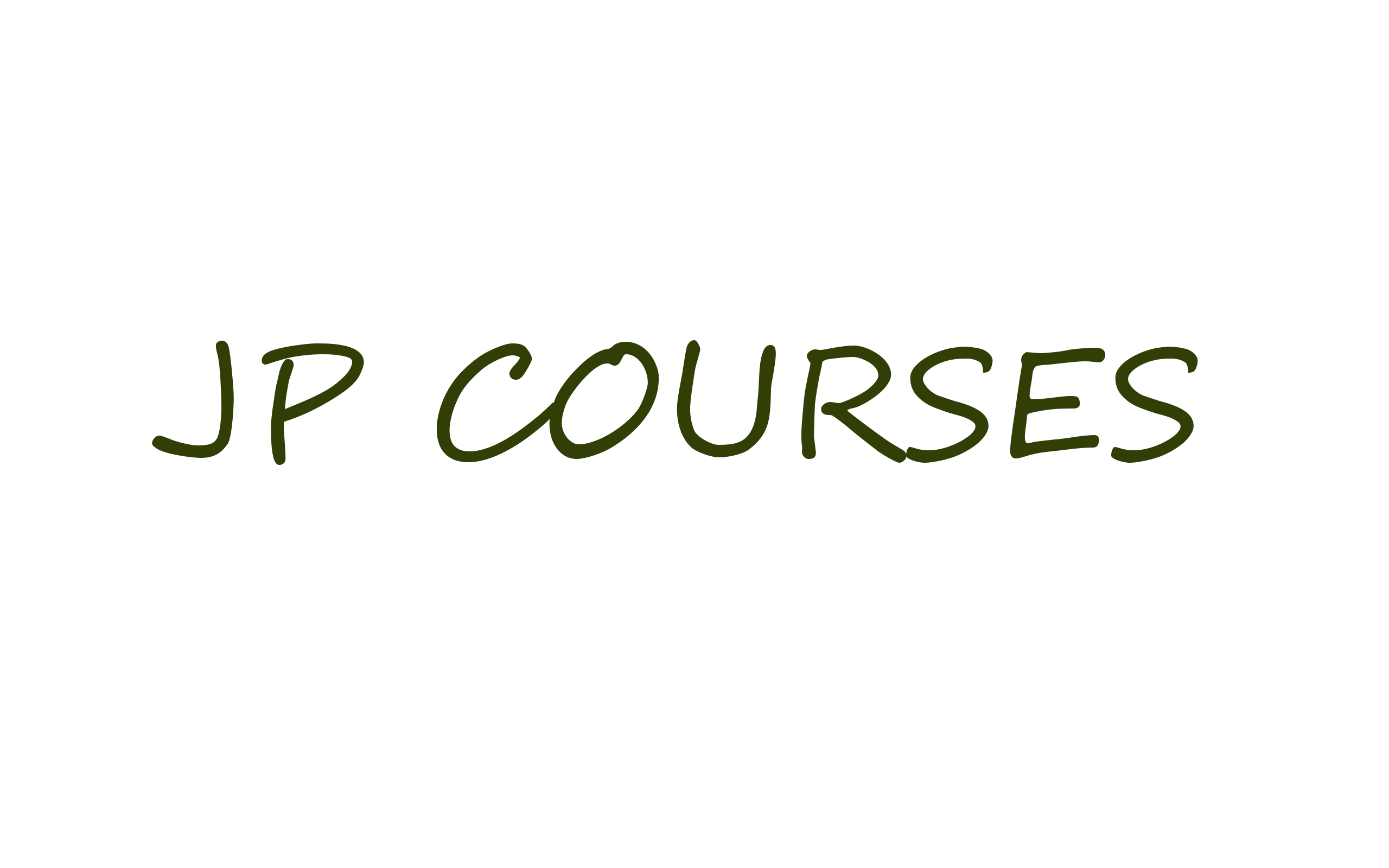



 Tech & IT
Tech & IT
 Business
Business
 Coding & Developer
Coding & Developer
 Finance & Accounting
Finance & Accounting
 Academics
Academics
 Office Applications
Office Applications
 Art & Design
Art & Design
 Marketing
Marketing
 Health & Wellness
Health & Wellness
 Sounds & Music
Sounds & Music
 Lifestyle
Lifestyle
 Photography
Photography
More Learnfly
Business Solution Become an Instructor"Photography lighting is the masterstroke that shapes visual narratives. Through strategic placement, intensity, and quality, photographers sculpt scenes, enhancing details and evoking moods. Mastery of light transforms ordinary subjects into extraordinary compositions, unlocking a dynamic interplay that breathes life and depth into each frame."












Learn more topics in various categories at one place. Explore unlimited courses in other categories and up-skill yourself today.

 Jazeb Akram
Jazeb Akram 4.2 769792 Beginner Level

 John Hedengren
John Hedengren 4.1 568138 All Level

 Ranjan Pandey
Ranjan Pandey 4.1 345863 All Level

 Pieter Vliegenthart
Pieter Vliegenthart 4.6 100018 All Level

 Muhammad Ahsan Pervaiz
Muhammad Ahsan Pervaiz 4.2 99861 All Level

 Jerome P.
Jerome P. 4.8 99572 All Level

 Senol Atac
Senol Atac 4.9 99093 All Level

 Vikas Munjal
Vikas Munjal 4.8 99070 Beginner Level

 Chandramouli Jayendran
Chandramouli Jayendran 4.9 98604 Beginner Level
The choice of lighting significantly influences the mood and atmosphere of a photograph. Different lighting setups, such as natural light, studio lighting, and off-camera flash, offer photographers diverse tools to create the desired visual impact in their images.
The direction of light is crucial in shaping the subject's features and adding dimension to portraits. Photographers can use techniques like side lighting, Rembrandt lighting, or butterfly lighting to create flattering and visually interesting effects that highlight facial contours.
Manipulating natural light involves understanding its qualities and making adjustments for optimal results. Photographers can use techniques like backlighting, diffusers, and reflectors to control the intensity, direction, and softness of natural light in outdoor settings.
When using artificial lighting, considerations include selecting the appropriate light modifiers, adjusting color temperature, and positioning lights to achieve the desired effect. Different genres of photography, such as portrait, product, or fashion, may require specific lighting setups to achieve optimal results.
The quality of light refers to its softness or harshness. Soft light creates gentle shadows and is often used for flattering portraits, while harsh light produces more defined shadows and can add drama. Photographers choose between them based on the desired mood and the specific visual effect they want to achieve in their images.






